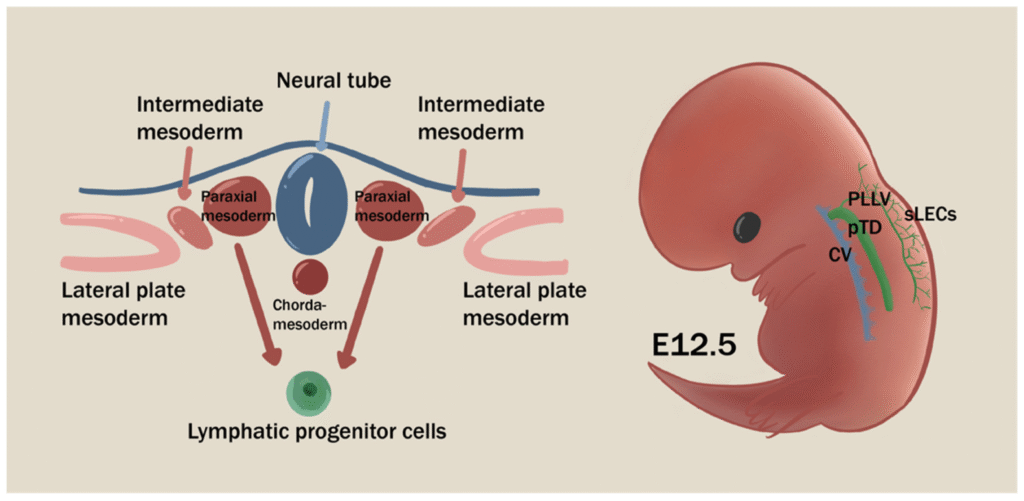The vast expanse of the ocean remains one of the most mysterious environments on Earth. Over the centuries, curiosity-driven exploration and advanced technology have led to phenomenal discoveries that have broadened our understanding of marine life and oceanic systems. This article delves into 30 incredible marine discoveries, each of which has significantly contributed to our comprehension of the ocean.
The Realms of the Deep: Hydrothermal Vents
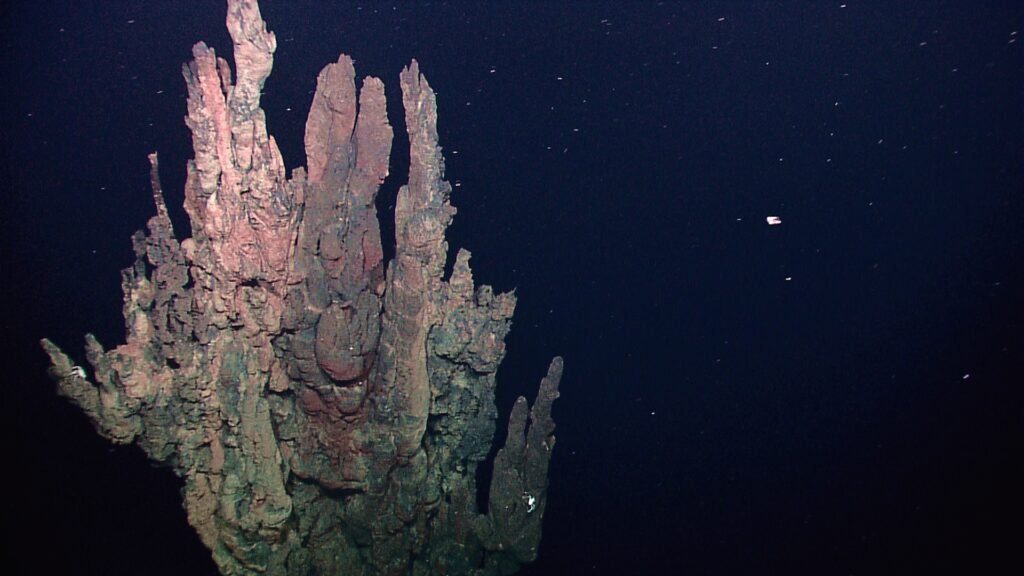
Hydrothermal vents were first discovered in 1977 along the Galápagos Rift. These unique underwater geysers are home to complex ecosystems at depths where sunlight does not penetrate. The discovery challenged preconceived notions about life – revealing that ecosystems could thrive through chemosynthesis, using chemicals for energy in the absence of sunlight.
The Great Ocean Conveyor Belt
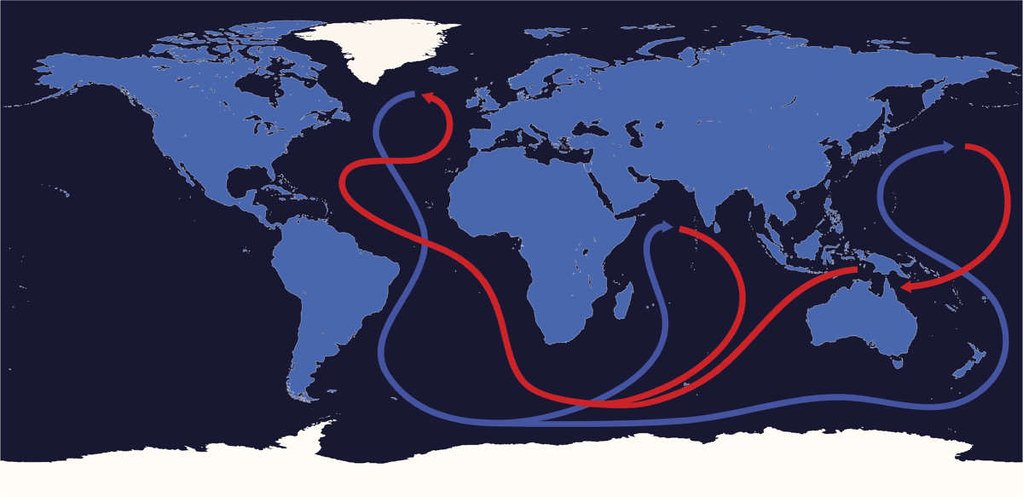
The concept of the Great Ocean Conveyor Belt revolutionized our understanding of global ocean currents. This massive, interconnected circulation system influences climate by redistributing heat throughout the planet, impacting regional climates and the carbon cycle. Recognizing this system has been pivotal in climate change studies.
The Bioluminescence Phenomenon

Bioluminescence, the emission of light by marine organisms, illuminates the deep sea and coastlines with a mystical glow. Research into organisms like jellyfish and deep-sea squid has unveiled how they use light for communication, predation, and camouflage, presenting new avenues for research in biochemistry and genetics.
The Existence of Giant Squid
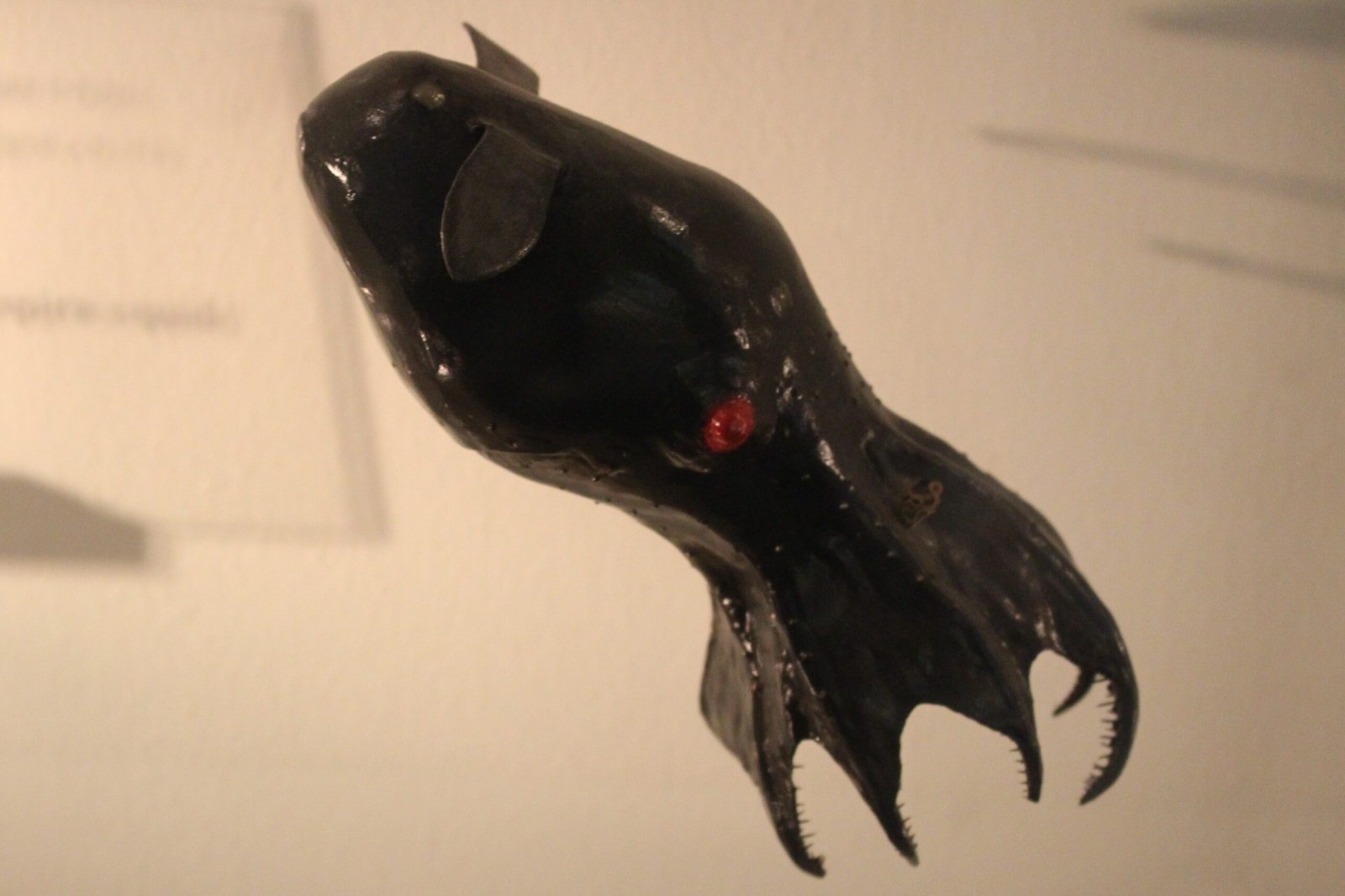
Once thought to be mythical, the giant squid was first captured live on camera in its natural habitat in 2004. This deep-sea behemoth, capable of reaching lengths of up to 43 feet, has provided insights into deep-sea gigantism and the adaptations required to survive in extreme ocean depths.
The Coelacanth: A Living Fossil

In 1938, the discovery of the coelacanth, a fish thought to have gone extinct 66 million years ago, astonished the scientific world. This “living fossil” has offered a glimpse into the evolutionary past, bridging the gap between fish and the first land vertebrates.
The Stunning Diversity of Coral Reefs

Coral reefs, often termed the “rainforests of the sea,” are hubs of biodiversity. Research has revealed that reefs support about 25% of all marine species. Their discovery underscored the importance of protecting these ecosystems, vital not just for marine life but also for coastal protection and human livelihoods.
The Ocean’s Role in Carbon Sequestration

Recent studies have highlighted the ocean’s critical ability to sequester carbon dioxide, thereby mitigating climate change. Marine organisms, such as phytoplankton, play a significant role in capturing carbon, emphasizing the ocean’s function in regulating the Earth’s climate.
The Discovery of Sea Sponges’ Chemical Secrets

Marine sponges, old as they are diverse, have been discovered to produce complex chemical compounds with potential pharmaceutical applications. Some of these compounds are being investigated for their potential to treat cancer and other diseases, opening new avenues in medicine.
Understanding Ocean Acidification
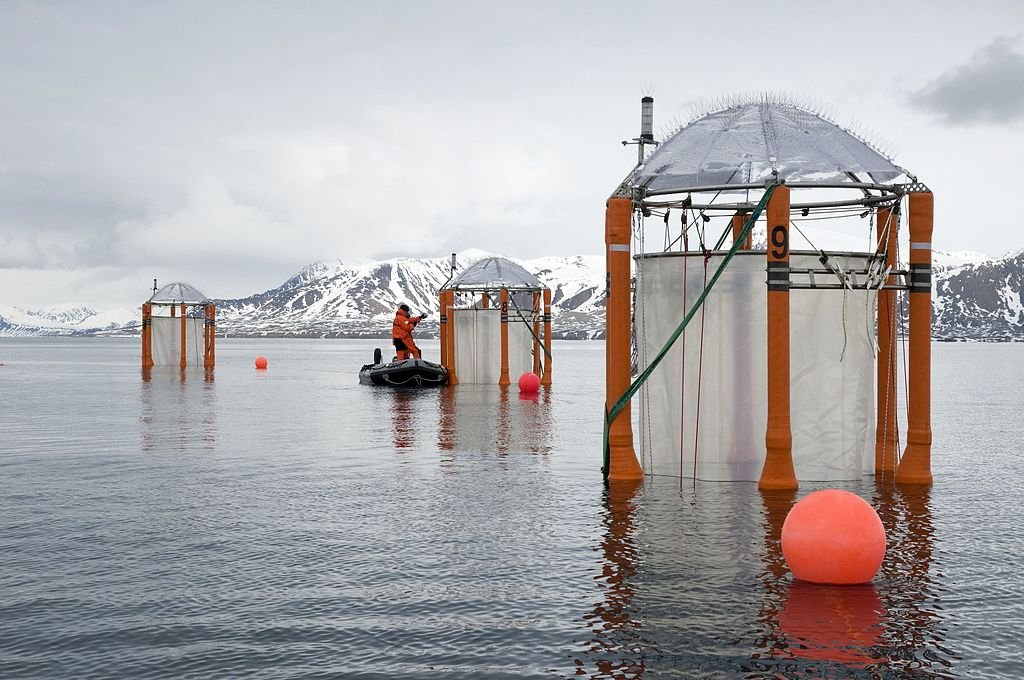
Increasing levels of carbon dioxide are causing the oceans to become more acidic, a process with adverse impacts on marine biodiversity. Understanding ocean acidification has been crucial in predicting and mitigating its effects on ecosystems, which include coral bleaching and shell dissolution in marine organisms.
The Mysterious Mariana Trench

The Mariana Trench, the deepest part of the world’s oceans, has presented profound challenges and discoveries. Exploring this unfathomable depth has uncovered unique species adapted to extreme pressures and temperatures, reshaping our understanding of life’s resilience.
The Discovery of Sargassum Seaweed Habitats

The Sargasso Sea, characterized by its free-floating seaweed, harbors diverse marine life. The discovery of this unique ecosystem has exemplified how isolated marine environments can support intricate food webs and serve as critical habitats for numerous marine organisms.
The Marine Microbial World
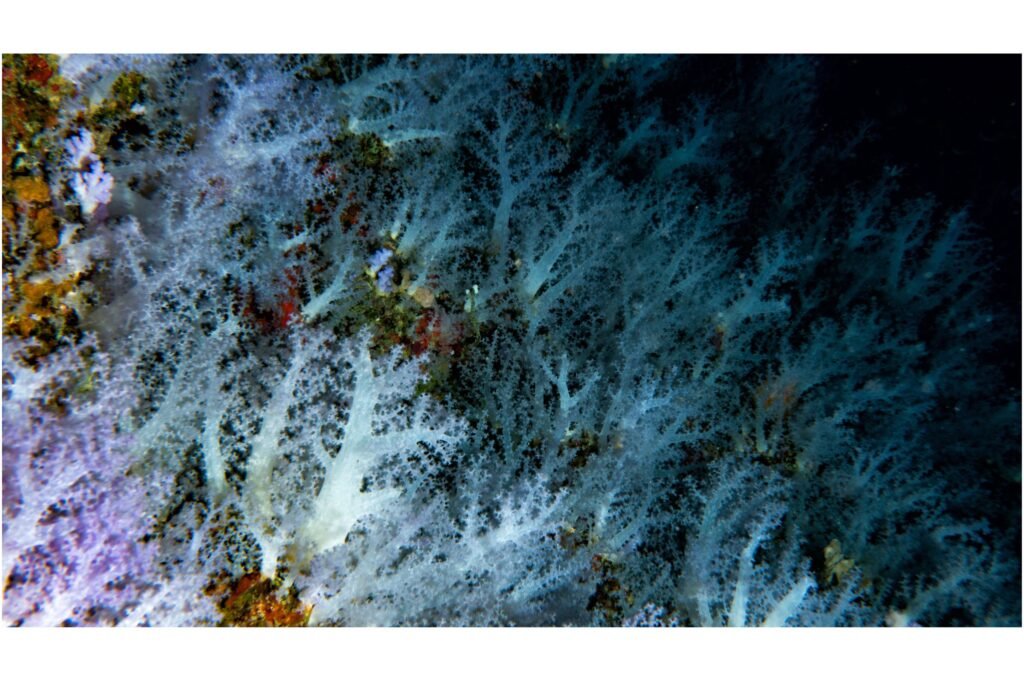
The ocean is a vast reservoir of microbial life, with billions of microorganisms in every liter of seawater. Discoveries in marine microbiology have shown these organisms play key roles in nutrient cycling, supporting ocean food webs, and even influencing the global climate.
Sharks’ Electrosensory Systems

Research into sharks revealed their extraordinary electrosensory system, which allows them to detect minute electric fields produced by their prey. This adaptation enhances our understanding of the predator-prey interactions in marine ecosystems and inspires similar sensing technologies in robotics.
Deep-Sea Corals

The discovery of deep-sea corals expanded the known range of coral habitats beyond sunlit reefs. These corals thrive in cold, dark conditions, supporting unique ecosystems and providing valuable records of past ocean conditions through their growth rings.
The Genetic Saga of Cephalopods

Recent genetic studies have uncovered that cephalopods, like octopuses, have unique genetic processes, such as RNA editing, enabling rapid adaptation to changing environments. These findings have profound implications for understanding the evolution of complex behaviors and neural systems.
The Mystique of Underwater Volcanoes

Underwater volcanic activity forms new seafloor and releases minerals, supporting unique biological communities. These environments offer insights into the dynamics of Earth’s geology and serve as natural laboratories for studying life’s origins and resilience.
The Peculiar Gulper Eel
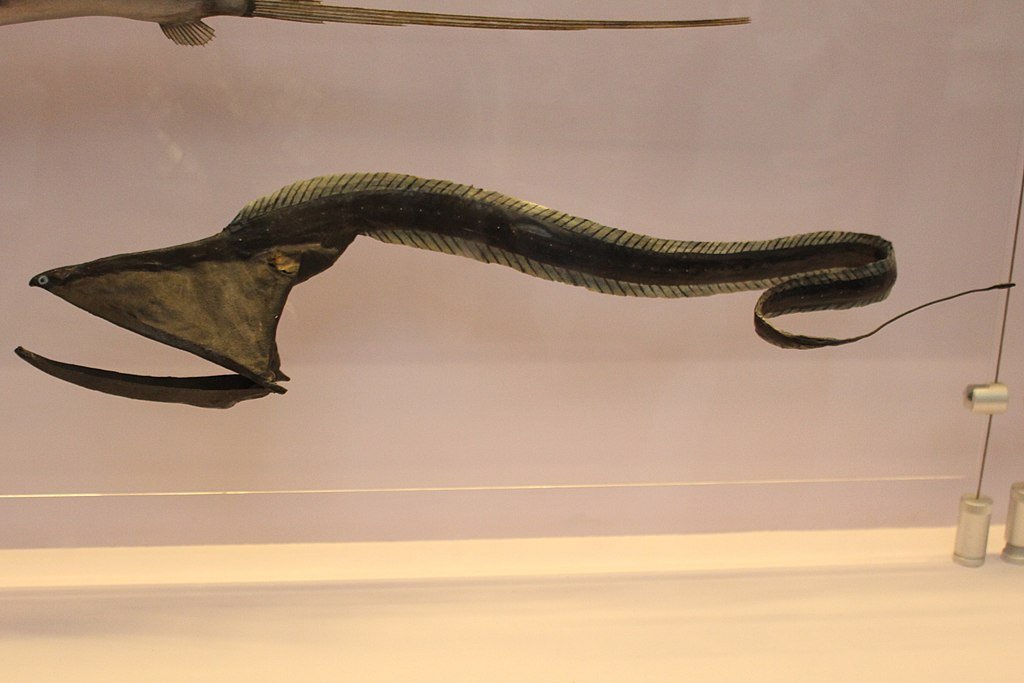
The gulper eel, with its disproportionate jaws and tail, has fascinated scientists. Its adaptations offer clues into the extreme adaptations required for deep-sea life and enhance our understanding of evolutionary processes in isolated habitats.
The Ecosystem Engineers: Sea Otters

Sea otters have been revealed to be critical in balancing coastal ecosystems, particularly in maintaining kelp forest health by preying on sea urchins. Their discovery as a keystone species underscores the interconnectedness of marine life.
The Majestic Blue Whale
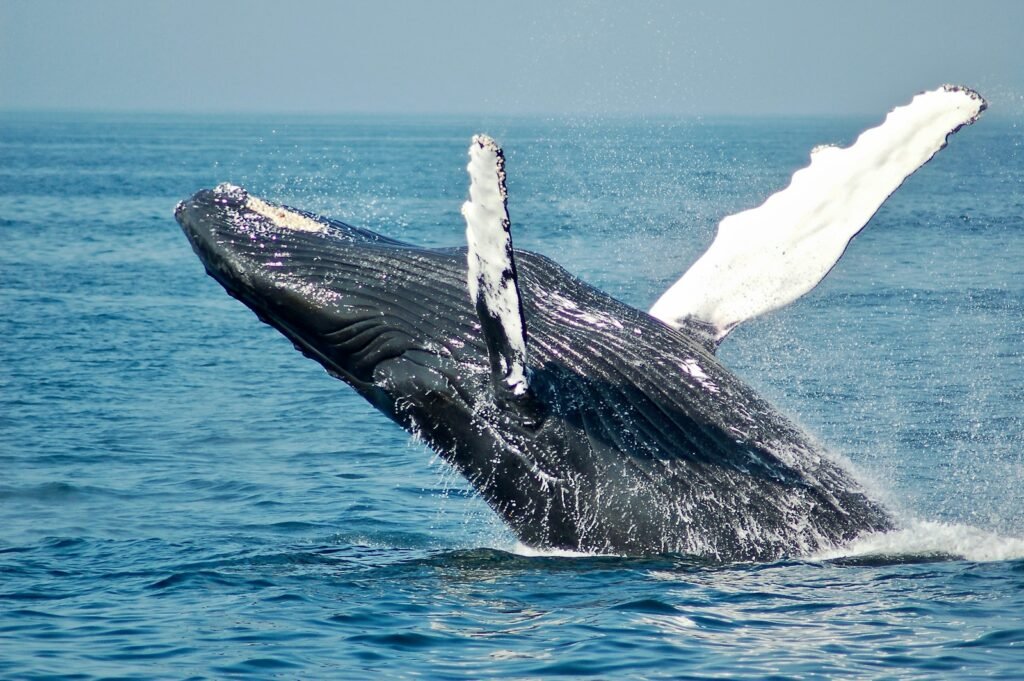
As the largest animal on Earth, blue whales have intrigued scientists with their sheer size and complex vocalizations. Understanding their migratory patterns and their role in marine ecosystems has been pivotal in marine conservation efforts.
The Role of Mangroves in Coastal Protection

Mangroves, with their dense root systems, protect coastlines from erosion and storm surges while providing habitats for numerous species. Discovering their significance has fueled efforts to conserve these critical ecosystems amid rising sea levels and anthropogenic pressures.
Seismic Significance: The Mid-Atlantic Ridge
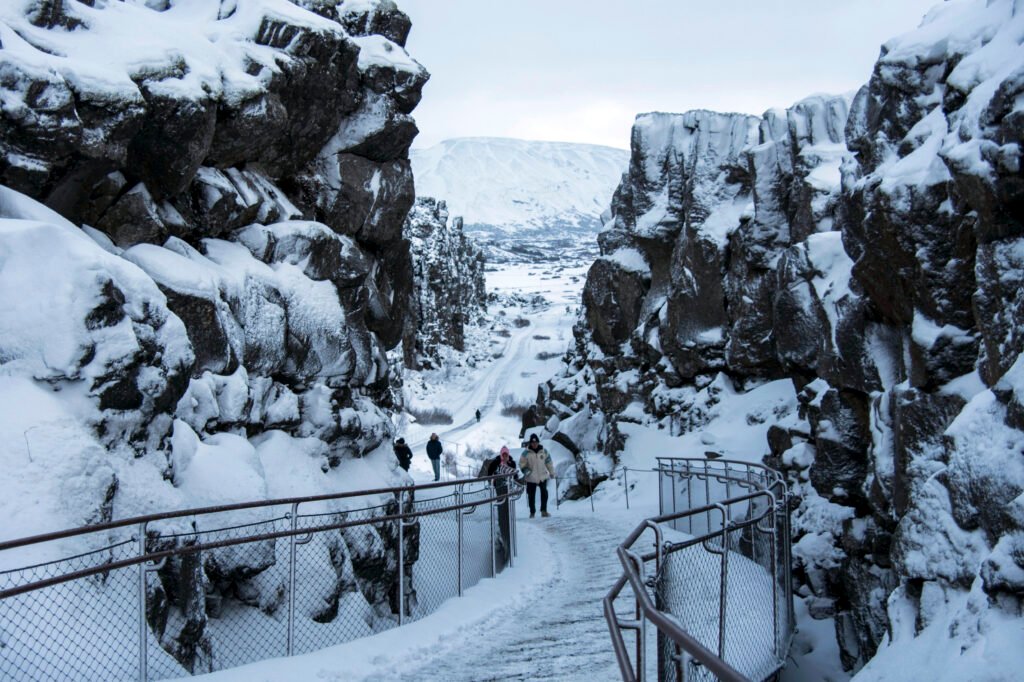
The Mid-Atlantic Ridge, a major tectonic plate boundary, offers insight into plate tectonics and seafloor spreading processes. Studying this underwater mountain range has helped understand geological shifts and the creation of new oceanic crust.
The Discovery of Marine Mammal Communication

Research into marine mammals, like dolphins and whales, has uncovered complex communication systems and social behaviors. These discoveries highlight cognitive abilities in marine life and contribute to the conservation of these intelligent creatures.
The Remarkable Adaptations of the Antarctic Icefish
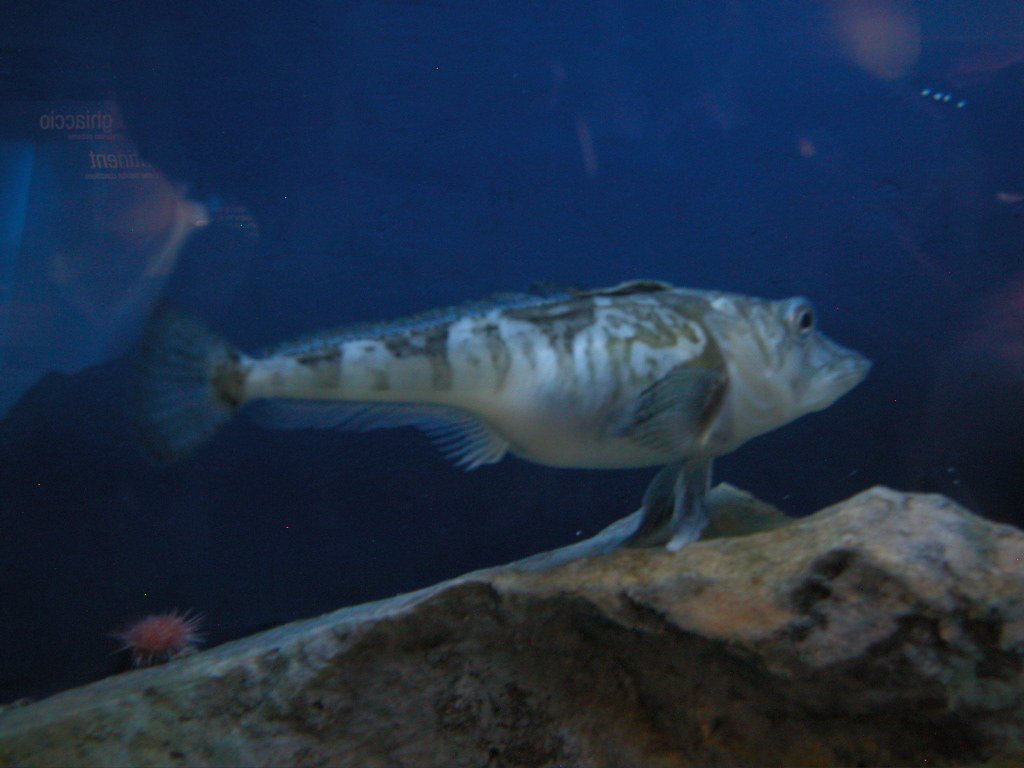
The Antarctic icefish, with its blood devoid of hemoglobin, showcases extreme evolutionary adaptations to freezing waters, providing insights into biochemical adaptations to extreme environments and potential medical applications for antifreeze proteins.
The Enigmatic Sea Floor Hydrocarbon Seeps

Hydrocarbon seeps on the seafloor support thriving biological communities that subsist on hydrocarbons instead of sunlight or photosynthesis. These discoveries have expanded our knowledge of life’s versatility and the range of habitable environments on Earth.
The Impact of Plastic Pollution

Understanding the devastating effects of plastic pollution on marine ecosystems has been a recent but crucial discovery. Plastics accumulate in ocean gyres and impact marine life, highlighting the urgent need for sustainable solutions to pollution.
The Discovery of Ocean Basalts

Basaltic rocks covering the ocean floor, formed from cooled lava, offer evidence of Earth’s volcanic past. Studying these rocks provides valuable information on Earth’s interior processes and the history of plate movements across geological timescales.
The Tectonic Puzzle: Subduction Zones
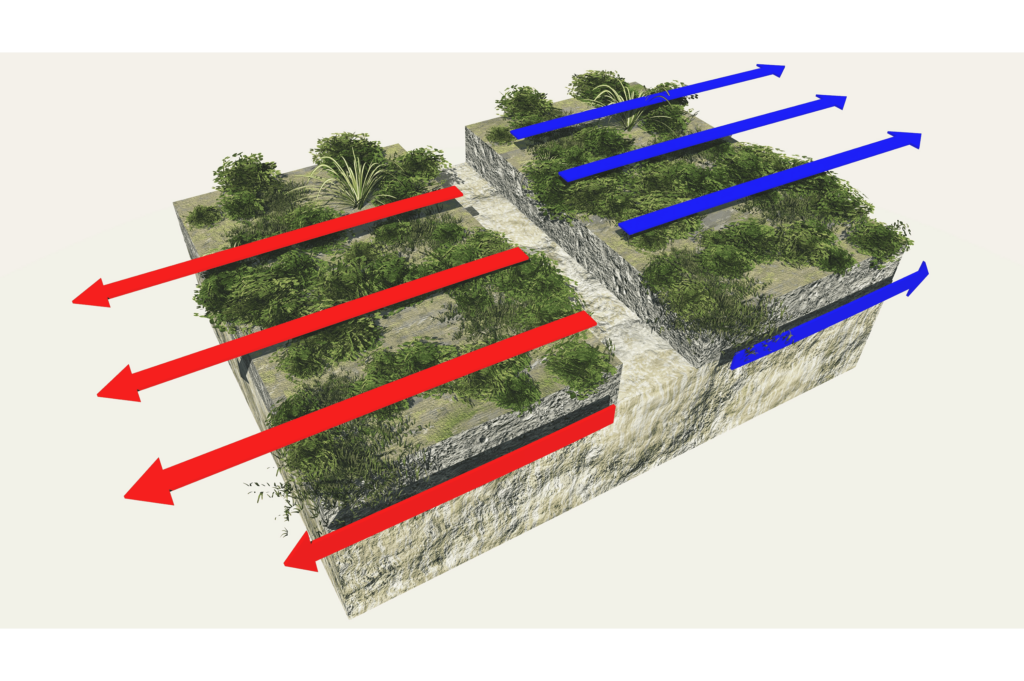
Subduction zones, where oceanic plates are forced beneath continental plates, drive deep oceanic trenches. Discoveries in these areas have been key to understanding Earth’s geology, including earthquake and volcanic activity.
The Diverse World of Marine Parasites

Marine parasites, though often overlooked, play significant roles in regulating host populations and influencing ecosystem dynamics. Discoveries in marine parasitology have revealed complex life cycles and coevolutionary relationships, underscoring the balance of marine life.
Conclusion

The exploration and study of the ocean have unveiled mysteries that continue to challenge and enrich our understanding of this vast, largely unexplored frontier. From its role in global climate systems to the intricately balanced ecosystems it harbors, the ocean remains a critical area of scientific research with discoveries that have profound implications for life on Earth. As our technology advances and exploration deepens, the secrets of the ocean continue to be a tantalizing and imperative pursuit.

Linnea is a born and bred Swede but spends as much time as possible in Cape Town, South Africa. This is mainly due to Cape Town’s extraordinary scenery, wildlife, and atmosphere (in other words, because Cape Town is heaven on earth.) That being said, Sweden’s majestic forests forever hold a special place in her heart. Linnea spends as much time as she can close to the ocean collecting sea shells or in the park admiring puppies.



